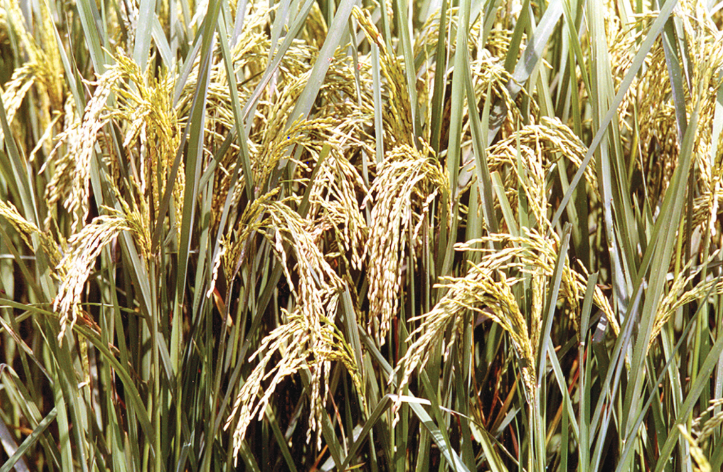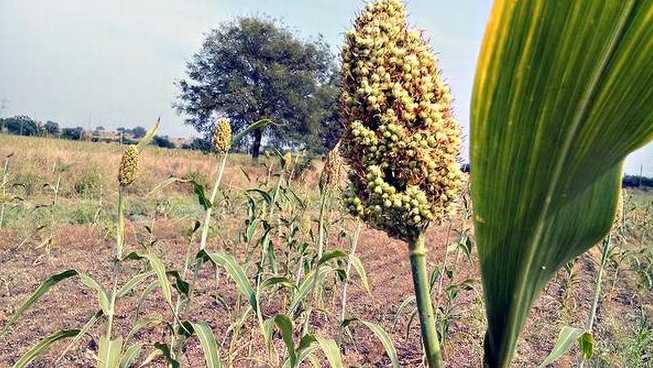A crop is a plant that is cultivated or grown either on large scale or small scale for the purposes of trading. The Agriculture crops produced in India are seasonal in nature and highly dependent on two monsoons, kharif and Rabi. Crops that are grown during Rabi season are referred to as Rabi crops whereas those that are grown during Kharif season are referred to as Kharif crops. Below are more details between the two crops.
What Are Kharif Crops?
The word “kharif” is an Arabic word for autumn since the season coincides with the beginning of autumn or winter. Kharif crops can also be referred to as monsoon crops. These crops are usually sown with the beginning of the first rains in July during the south-west monsoon season and harvested by September or October. Examples of Kharif crops in India include: rice, turmeric, millets, maize, cotton, soybean, pigeon pea, mung bean, red chilies, sugarcane, groundnut, bajra, and jowar.

What Are Rabi Crops?
The term ‘’Rabi’’ is derived from the Arabic word meaning ‘spring’. Rabi crops also known as winter crops are sown around mid-November preferably after the monsoon rains are over, and harvesting begins in April/May. The crops are grown either with rainwater that has percolated into the ground or using irrigation. Examples of Rabi crops include: wheat, chickpea, gram, fennel, fenugreek, cumin, alfalfa, tomato, sesame, sunflower, linseed, mustard, peas, onion, coriander and barley.
Rabi Vs. Kharif Crops In Tabular Form
| BASIS OF COMPARISON | RABI CROPS | KHARIF CROPS |
| Description | Rabi crops are the crops that sown at the end of monsoon or at the beginning of winter season e.g between September and October. | Kharif crops are the crops which are sown at the beginning of the rainy season (between April and may). |
| Alternative Name | Rabi crops are also referred to as winter or spring crops. | Kharif crops are also referred to Monsoon crops. |
| Examples | Wheat Chickpea Gram Fennel Fenugreek Cumin Alfalfa Tomato Sesame Sunflower Linseed Mustard Peas Onion Coriander Barley | Rice Turmeric Millets Maize Cotton Soybean Pigeon Pea Mung bean Red chilies Sugarcane Groundnut Bajra Jowar |
| Key Requirement | Rabi crops require warm weather for seed germination and cold climate for the growth of crops. | Kharif plants require a lot of water and hot weather to grow. |
| Dependency On Rainfall | Rabi crops do not depend entirely on rainfall or are not affected by rainfall. | Kharif crops depend entirely on rainfall patterns. |
| Flowering | Flowering of Rabi crops requires longer day length. | Flowering of kharif crops requires shorter day length. |
| Harvesting | Harvesting of Rabi crops is between the months of March to April (After winter). | Harvesting of Kharif crop is between the month of September and October (after the monsoon rains). |
| Sowing Month | The sowing month for Rabi crops is between the month of June and July. | The sowing month for kharif crops is between the month of October and November. |
